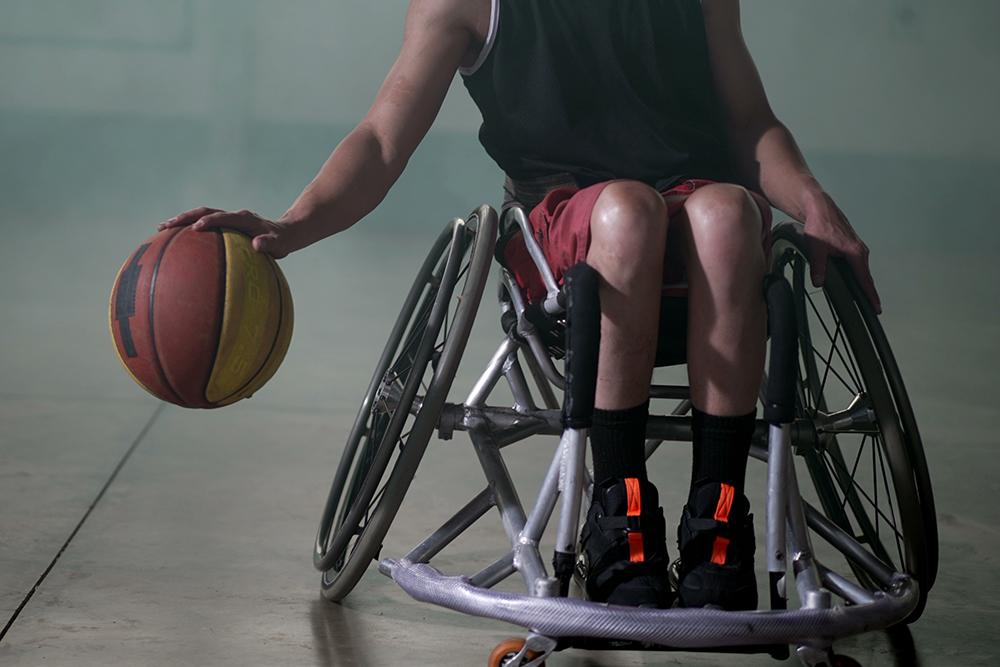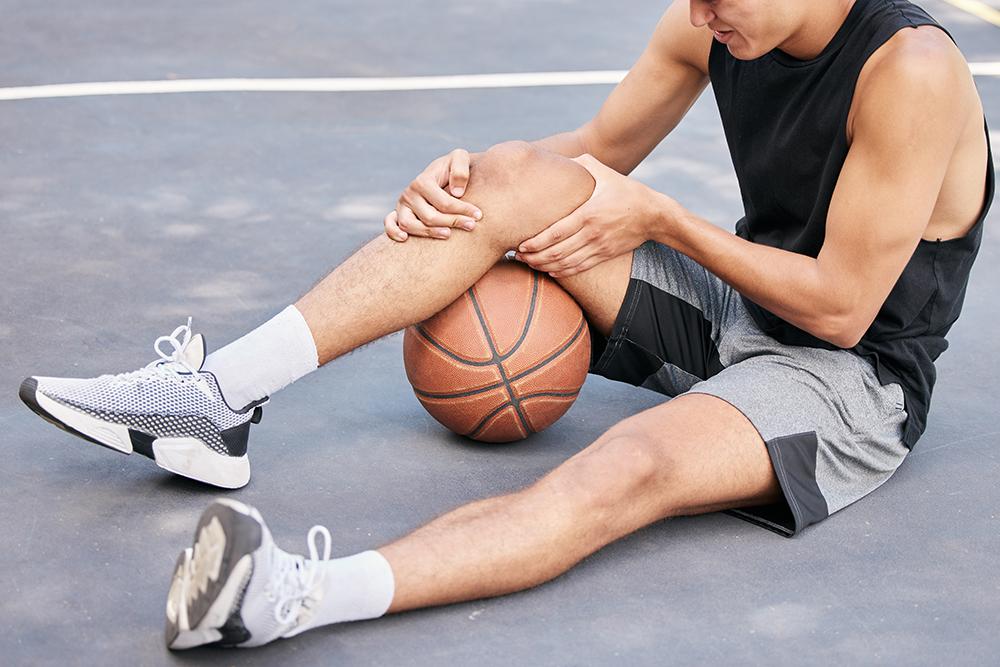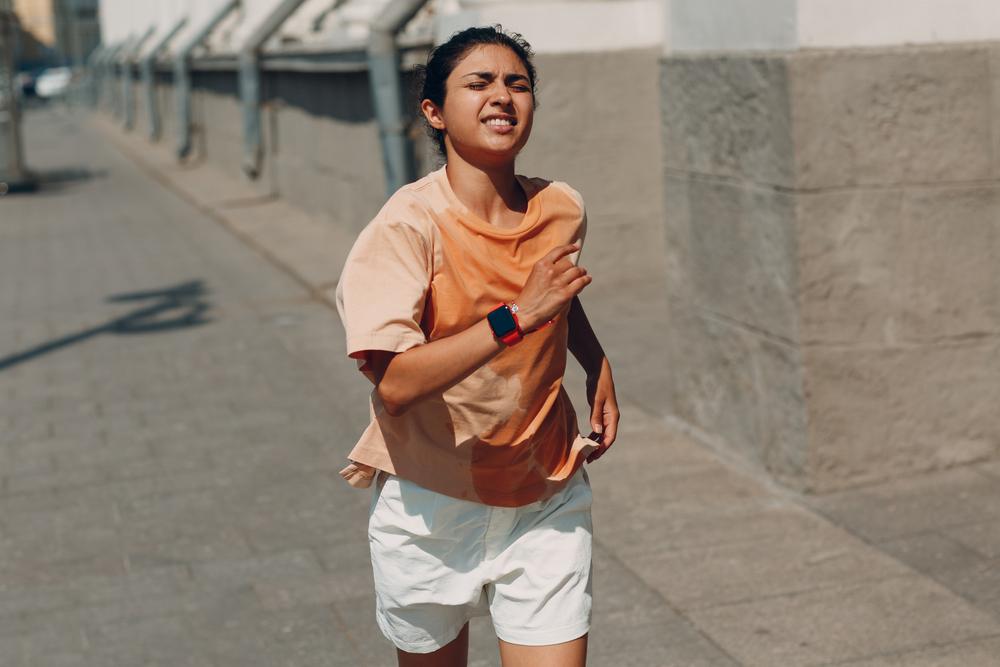 Although two-a-day practices remain a standard in many clubs and high school sports, they have been discontinued by a number of college and professional sports programs because the downsides often outweigh the benefits. Pair practices with school, games, extracurricular activities, work, and social obligations, and it’s amazing that any high school athlete can handle two training sessions per day.
Although two-a-day practices remain a standard in many clubs and high school sports, they have been discontinued by a number of college and professional sports programs because the downsides often outweigh the benefits. Pair practices with school, games, extracurricular activities, work, and social obligations, and it’s amazing that any high school athlete can handle two training sessions per day.
The goal for two-a-day practices is usually to get athletes ready for the season, but if not done correctly, they can actually increase your risk for injury and leave you broken down before the season even begins. If you’re struggling, you’re not alone, and it might be time to talk to your coach.
Here, Michele LaBotz, TrueSport Expert and sports medicine physician, shares a few simple ways to tell if two-a-day practices are becoming too much.
1. Performance Decreases
Are you struggling to do workouts that used to feel easy? Has your performance plateaued or gotten worse? Several hard practices in a row may lead to short-term performance decreases, but LaBotz notes that any time you notice a steady decline in performance and do not recover after a couple days off, it’s a sign that something is amiss.
2. Fatigue Increases
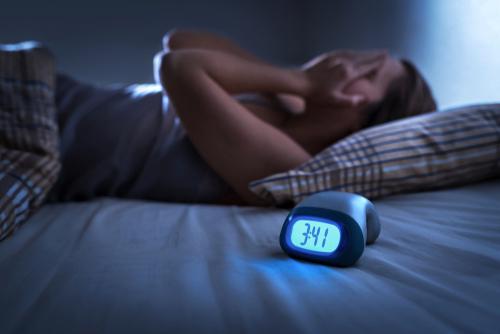 If you can’t shake feelings of fatigue, even after a good night’s sleep, that may be a sign of over-working and taking on too much in sport. It’s normal to occasionally feel tired, but if you wake up every morning feeling like you’d rather bury back into the covers, you might be pushing yourself too hard. And if you feel tired but are struggling to sleep, that’s an even more urgent signal that something has to change.
If you can’t shake feelings of fatigue, even after a good night’s sleep, that may be a sign of over-working and taking on too much in sport. It’s normal to occasionally feel tired, but if you wake up every morning feeling like you’d rather bury back into the covers, you might be pushing yourself too hard. And if you feel tired but are struggling to sleep, that’s an even more urgent signal that something has to change.
3. Frequent Illness or Injury
Can’t shake that head cold? Is your nose constantly running? Has your throat been scratchy on and off all semester? Prolonged or frequent minor illnesses are often signals that you’ve been pushing too hard, and not giving your body a chance to recover. The same is true for persistent or frequent injuries; if that ankle sprain early in the season keeps flaring up, or your knee pain has not gone away, you likely haven’t given your body enough time or resources to recover properly.
4. Lacking Motivation
If you’re losing interest in your sport, that’s a sign something may be off, especially if you are typically a highly motivated athlete. Often, when we’re heading into burnout or overtraining, our motivation lags because our brains are trying to slow us down. Be honest with yourself: Are you dreading practices? Have you stopped enthusiastically encouraging your teammates? You’re the best judge of your feelings. A coach may not notice you’re starting to lack motivation, but you can pick up on that cue and adjust as needed.
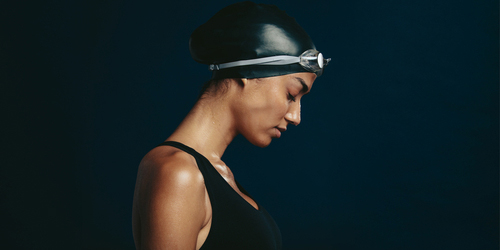
5. Under-fueling
Overtraining and under-fueling often go hand-in-hand, especially if you’re working or going to school at the same time. You need to make sure that you are getting adequate fuel (carbohydrates) and protein throughout the day to give you the energy for high intensity training AND the capacity to recover and build muscle. If you don’t have easy access to healthy meals or snacks, speak to your coach or someone at your school, as often there are programs that can help.
Schedules often get tight during two-a-days, so make sure you’re taking the time to actually eat meals and snacks around your practices. Skipping a few meals here and there as you rush around will accelerate the symptoms of overtraining.
6. Your coaches are unaware that you are training twice a day
 Two-a-day practices can be hard enough to handle when one coach is writing the workouts and scheduling the sessions. But when you’re balancing two separate teams, it’s even more likely that practicing twice a day is unsustainable. Many young athletes fall into this category.
Two-a-day practices can be hard enough to handle when one coach is writing the workouts and scheduling the sessions. But when you’re balancing two separate teams, it’s even more likely that practicing twice a day is unsustainable. Many young athletes fall into this category.
For example, say you have swim practice in the morning for your club team, and after school, you’re in soccer practice until dusk. Or you’re doing strength work in the gym three times a week like your track coach suggested at the end of last season, but your cross-country coach for the current season has no idea you’re lifting heavy the same day you’re doing hill intervals.
You should let your coaches know of any practices or conditioning that you are doing for other teams, because often, they can create a mixed schedule that allows you to show up to the important practices, skip less critical ones, and not double up on strength or conditioning efforts. This can help give you the best chance for success in both sports, and minimizes your risk for injury.
What can you do if two-a-day practices are unsustainable?
If these signs sound familiar, it’s time to talk to your coach(es). Remember, coaches want you to perform at your best, and what works well for you when it comes to training might not be the same as what works for a teammate. Just because your teammate is breezing through these double-practice days doesn’t mean your athletic ability or performance is worse. There’s no trophy for who spends the most hours practicing, and if that practice is leading you to injury and burnout, you’re doing more harm than good.
_________________________
Takeaway
Remember, the goal for two-a-day practices is to get you ready for the season…not to break you down and burn you out before the season even begins. If your performance is suffering, you’re always tired, or you’re frequently injured or ill, you may be at risk of overtraining. Don’t be afraid to ask for help if you feel like two-a-day practices are too much for your physical or mental wellness. A good coach will work with you to help you prevent overtraining and get the most from these practice sessions.

